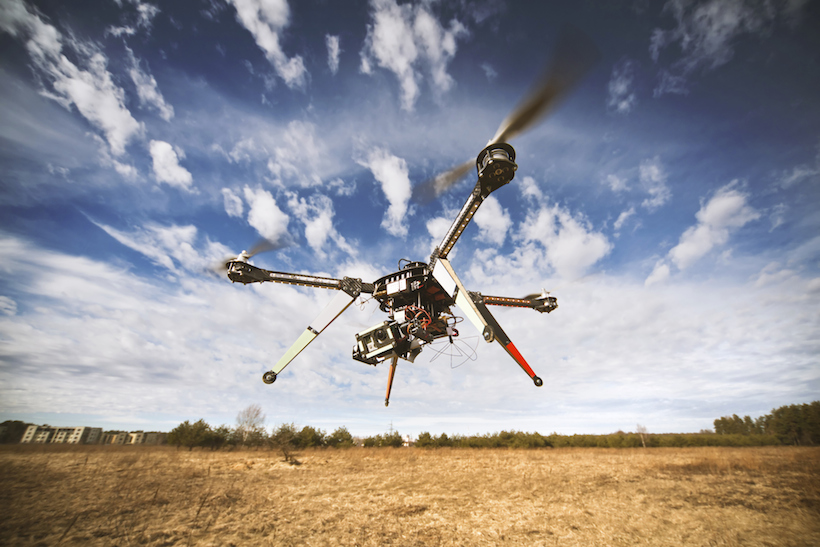
Robohub.org
Report: Analysis of U.S. drone exemptions 2014-2015

Quadrocopter drone flying in the sky.
The Centre for the Study of the Drone has released a new report on the state of the growing commercial drone industry.
This report is based on an analysis of 2,732 Section 333 exemption documents issued by the Federal Aviation Administration between September 25, 2014 and December 31, 2015 to individuals, companies, and other institutions wishing to use drones for non-recreational purposes in U.S. airspace. This dataset offers insights into the shape and possible future direction of the nascent drone industry. We have analyzed these exemptions by date, location, types of intended operations, number of categories of intended operations, and types of unmanned aircraft to be used.
Our analysis yielded a number of key findings (Section II). The rate at which exemptions are granted has grown dramatically since the beginning of the Section 333 program. The number of intended operations listed in exemptions has grown from an average of 1.4 intended operations per exemption in the first eight months of the program to 2.38 intended operations per exemption in the final two months of 2015; this has significantly affected the overall spread of intended operations in the dataset. The data suggests the emergence of a “Various Uses” drone services business model, which has contributed to the increased number of intended operations listed per exemption.
We found an average of two aircraft listed per exemption, with an overwhelming majority of those—over 60 percent—being DJI-brand products. Exemption holders are located across all 50 U.S. states as well as the District of Columbia and Puerto Rico. The number of exemptions issued per state roughly matches the spread of national population by state, with entities in Florida and Colorado holding a disproportionately high share of exemptions compared to those states’ share of the national population. A number of factors, including uncertainty in the regulatory landscape, local legislation, and advances in technology are all shaping the future of the Section 333 program and the U.S. drone industry as a whole. These factors are discussed in Section III.
tags: c-Aerial, Center for the Study of the Drone, drone news




